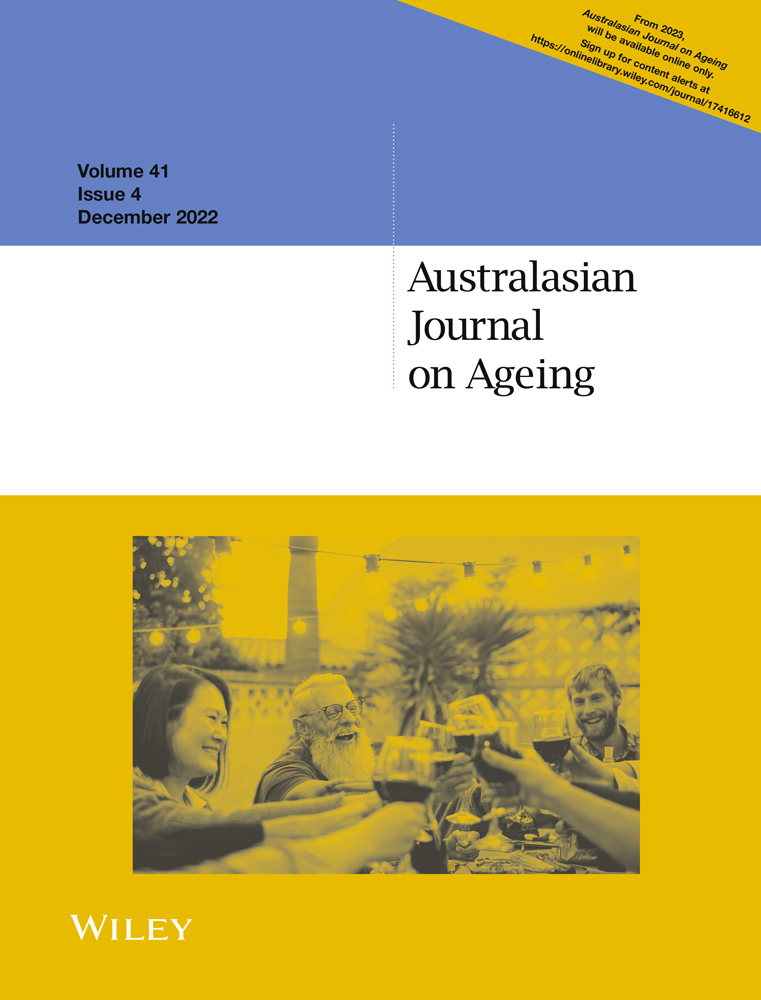Age and residential differences in functional fitness of Chinese older women
Funding information
This study was supported by the National Philosophy and Social Sciences Foundation of China (grant number: 19BTY045)
[Correction added on 06 September, after first online publication: MeSH keywords have been added.]
Abstract
Objectives
To investigate age-associated changes in functional fitness (FF) among Chinese older women and to identify any urban-rural disparity.
Methods
Nine hundred and sixty-five participants aged 60–84 yrs were assessed for their functional fitness. They were stratified into five groups by age and two groups by residential areas. Two-way ANOVA was used to observe the group differences in functional fitness, and linear regression analysis was conducted to identify each of the functional fitness measures as a function of age and residential area.
Results
All functional fitness tests showed a significant decline across age groups. Age-related decline in muscle strength occurred relatively earlier (age 65–69) compared to the decline in aerobic endurance (age 75–79). Linear regression analysis indicated that age has notable effects on each of the functional fitness measures and predicts balance control better than other factors. Urban participants outperformed their rural counterparts in all FF tests except for upper body flexibility and BMI. Notably, the greatest disparity occurred between 70 and 79 years of age.
Conclusions
Enhanced physical fitness monitoring and targeted interventions that focus on strength training and increasing moderate- to high-intensity leisure-time physical activity are necessary to improve the functional fitness of Chinese older women, especially those in rural areas.
CONFLICTS OF INTEREST
No conflicts of interest declared.
Open Research
DATA AVAILABILITY STATEMENT
The data that support the findings of this study are available from the corresponding author upon reasonable request.




